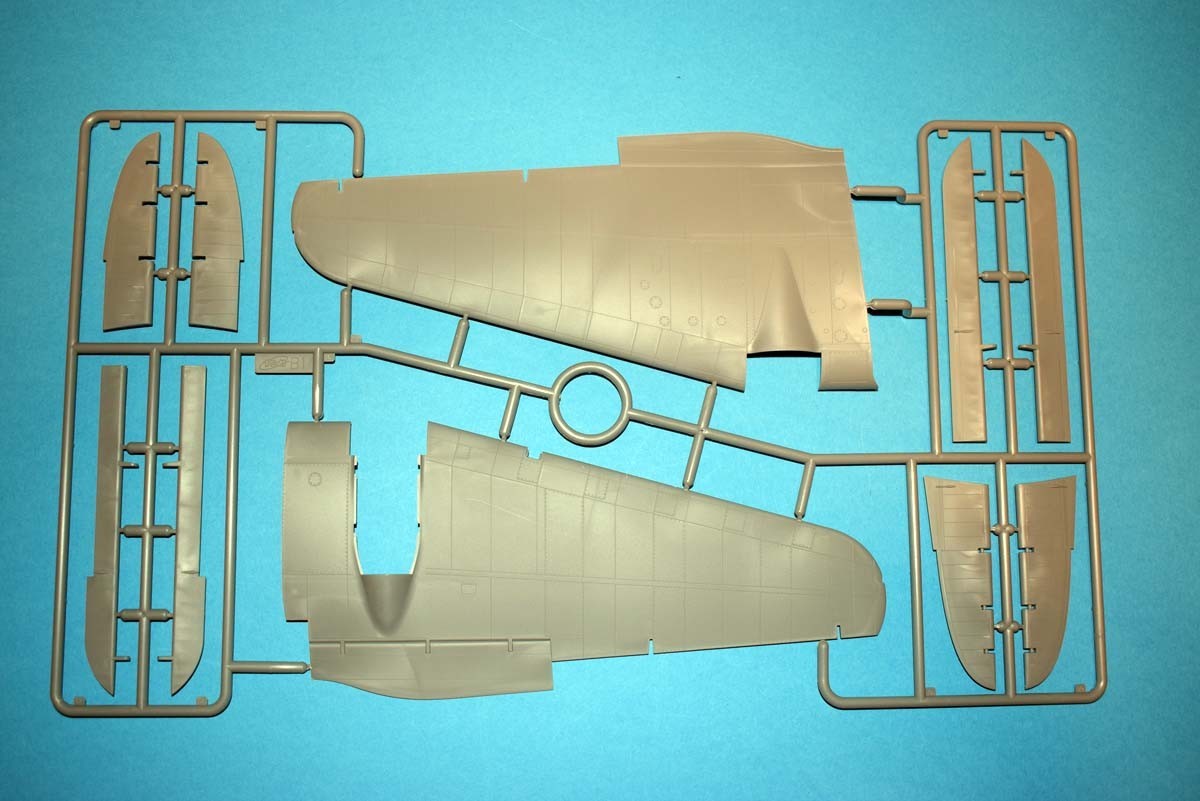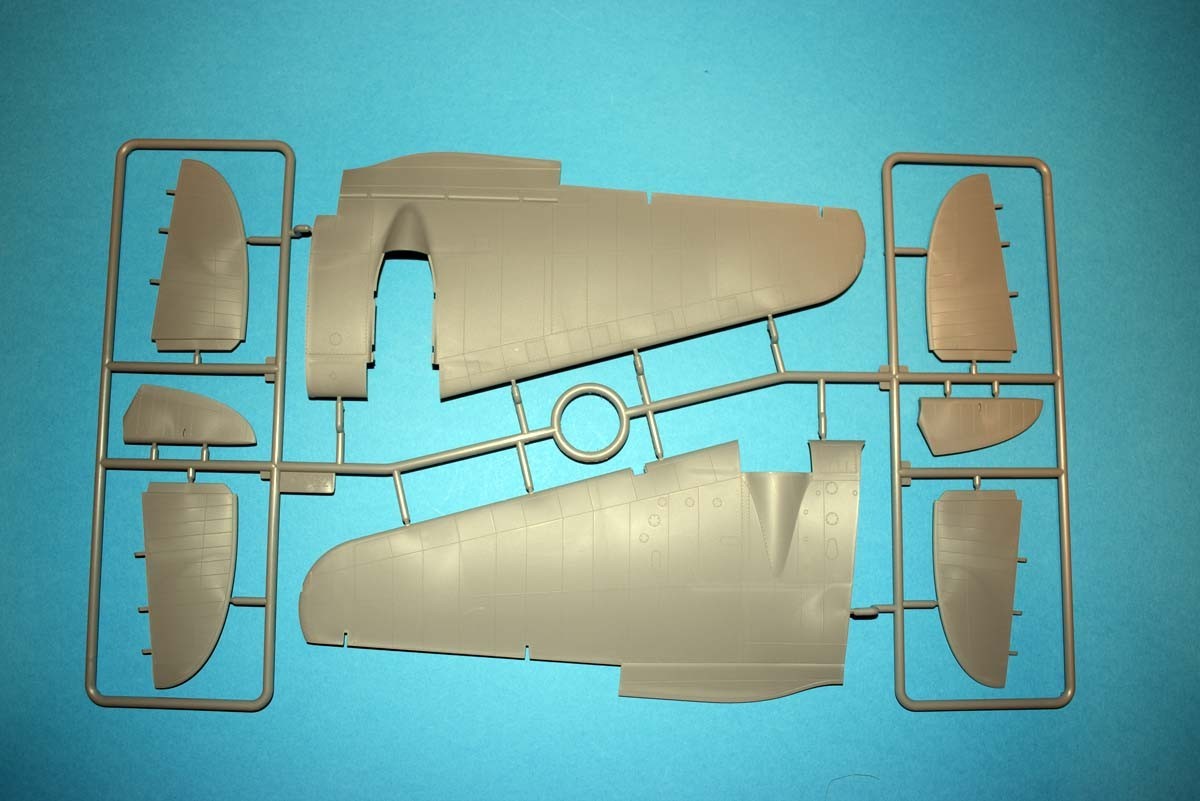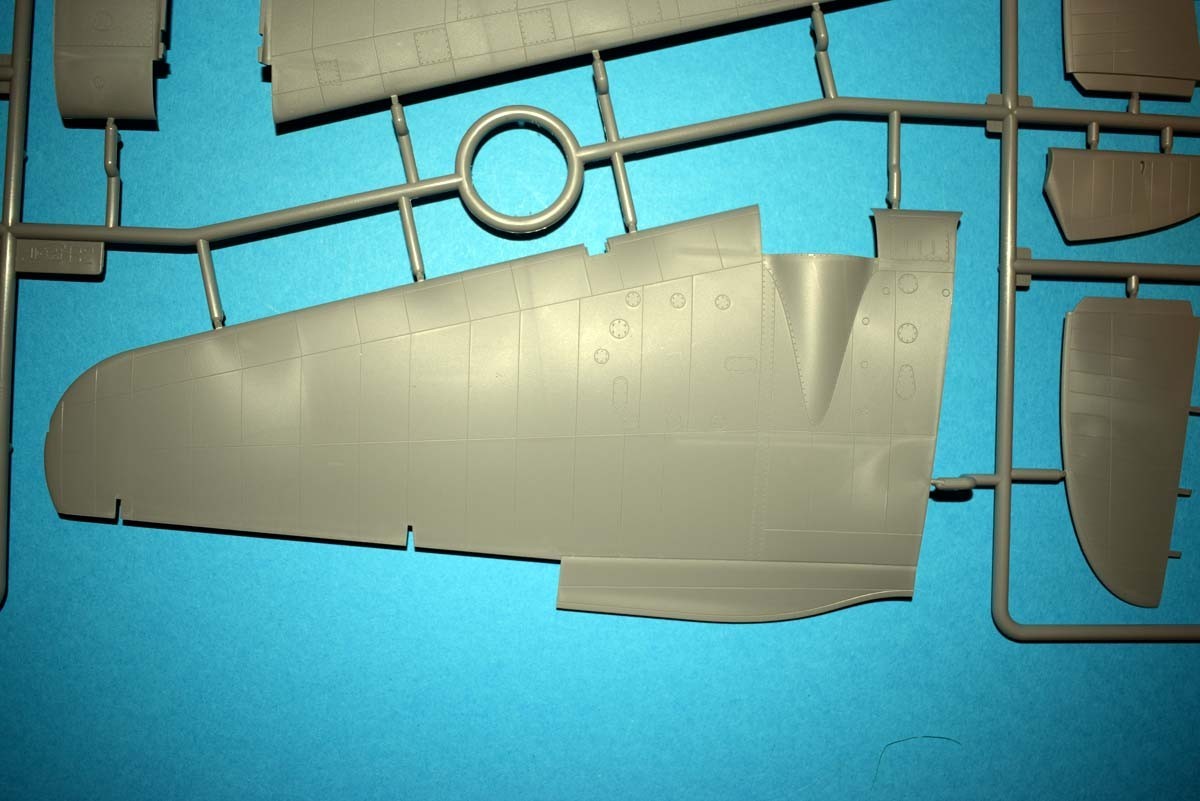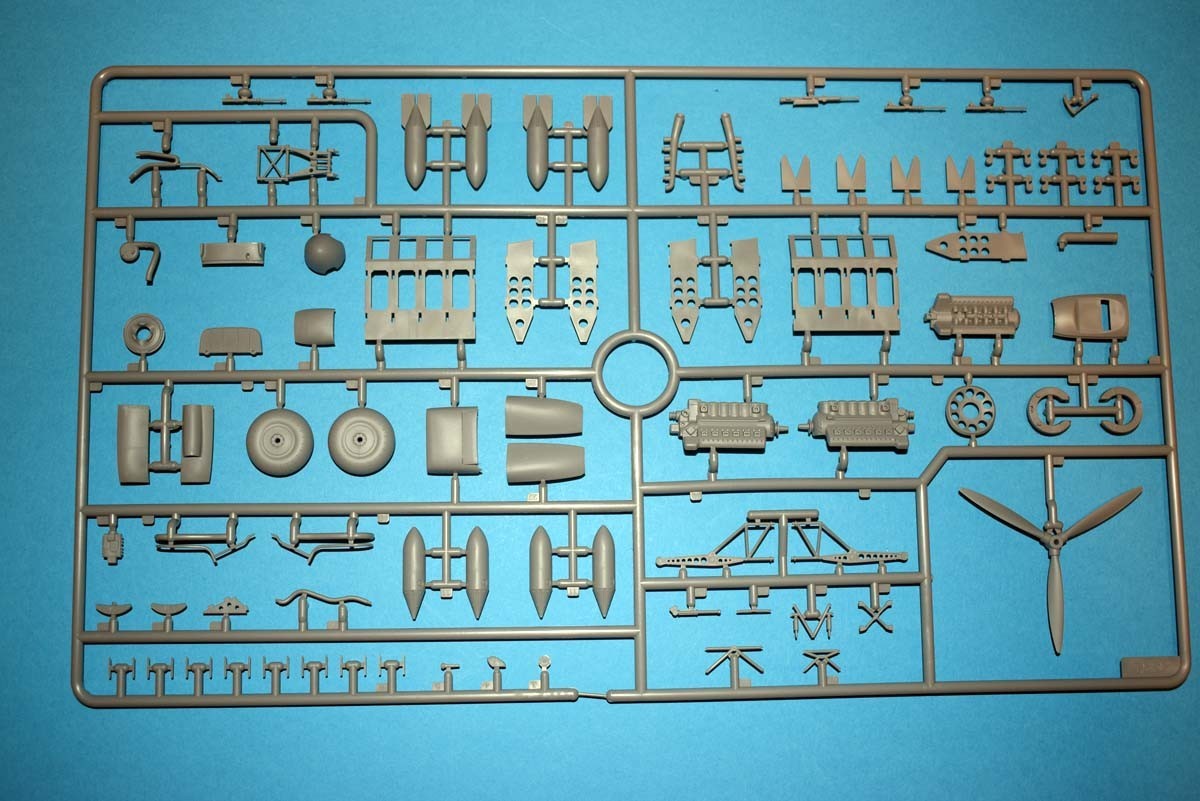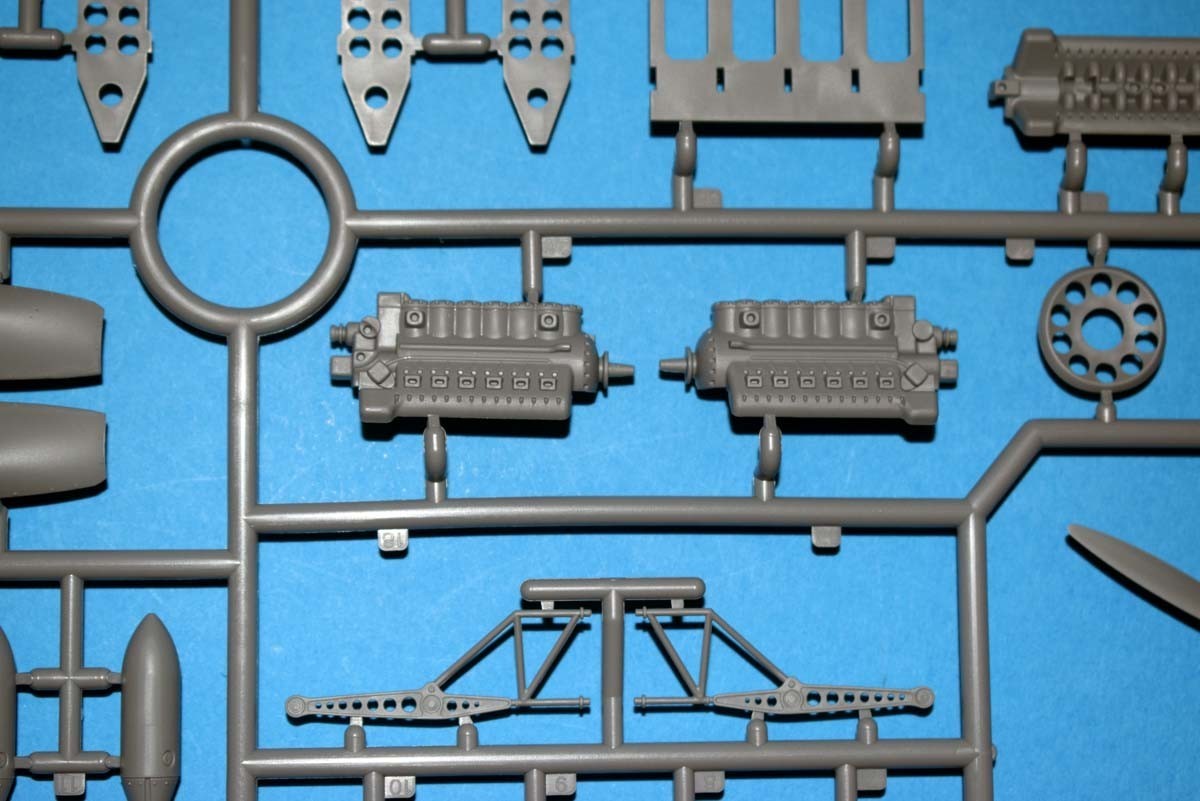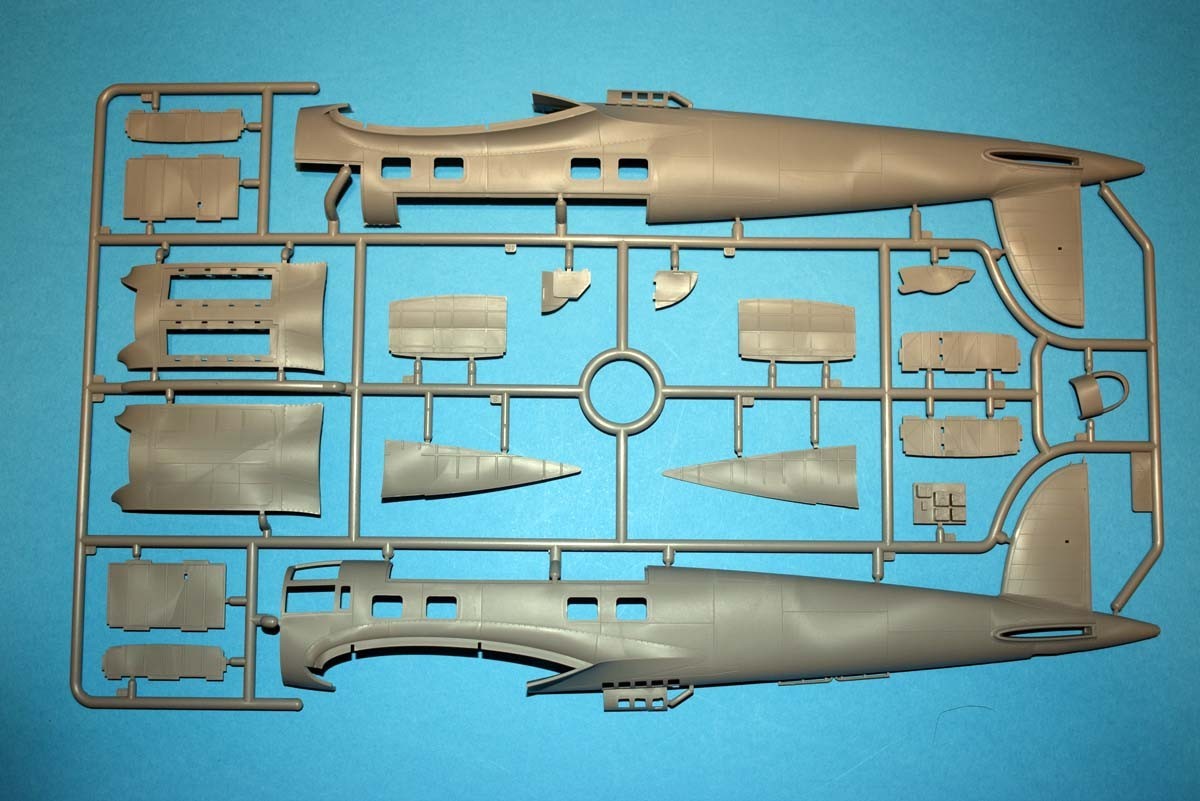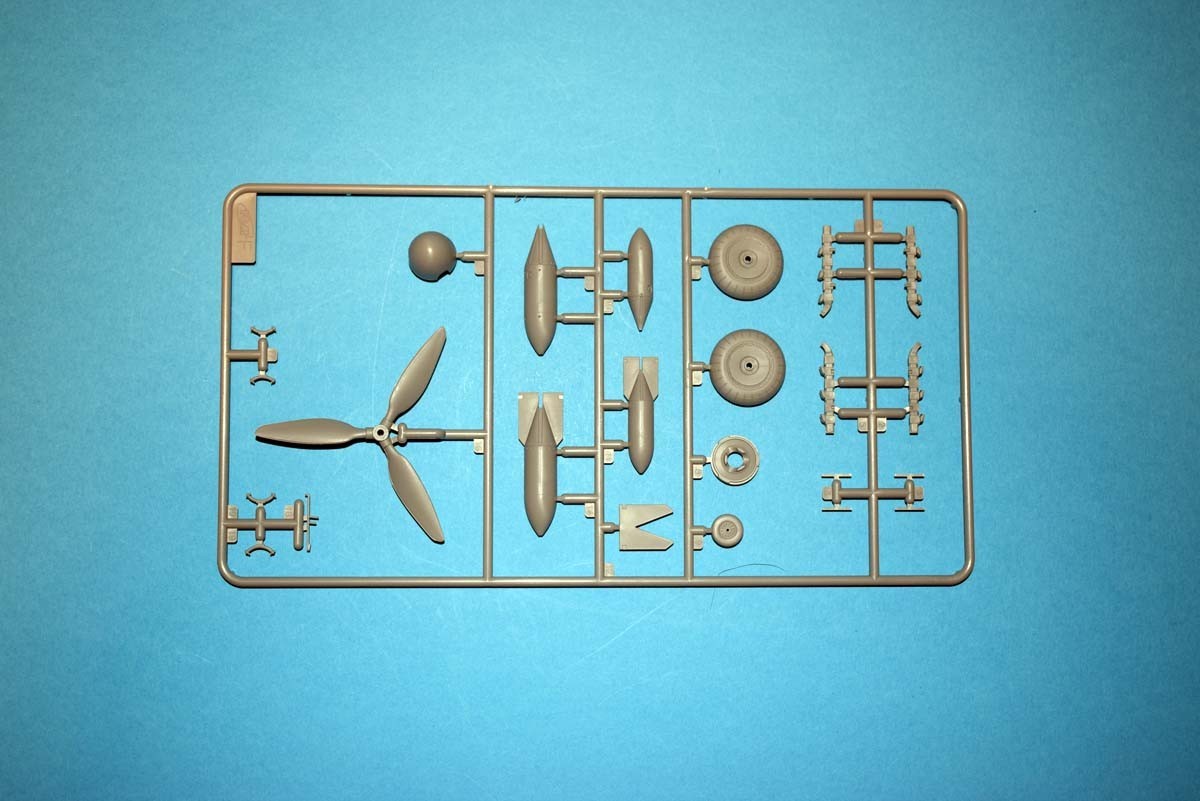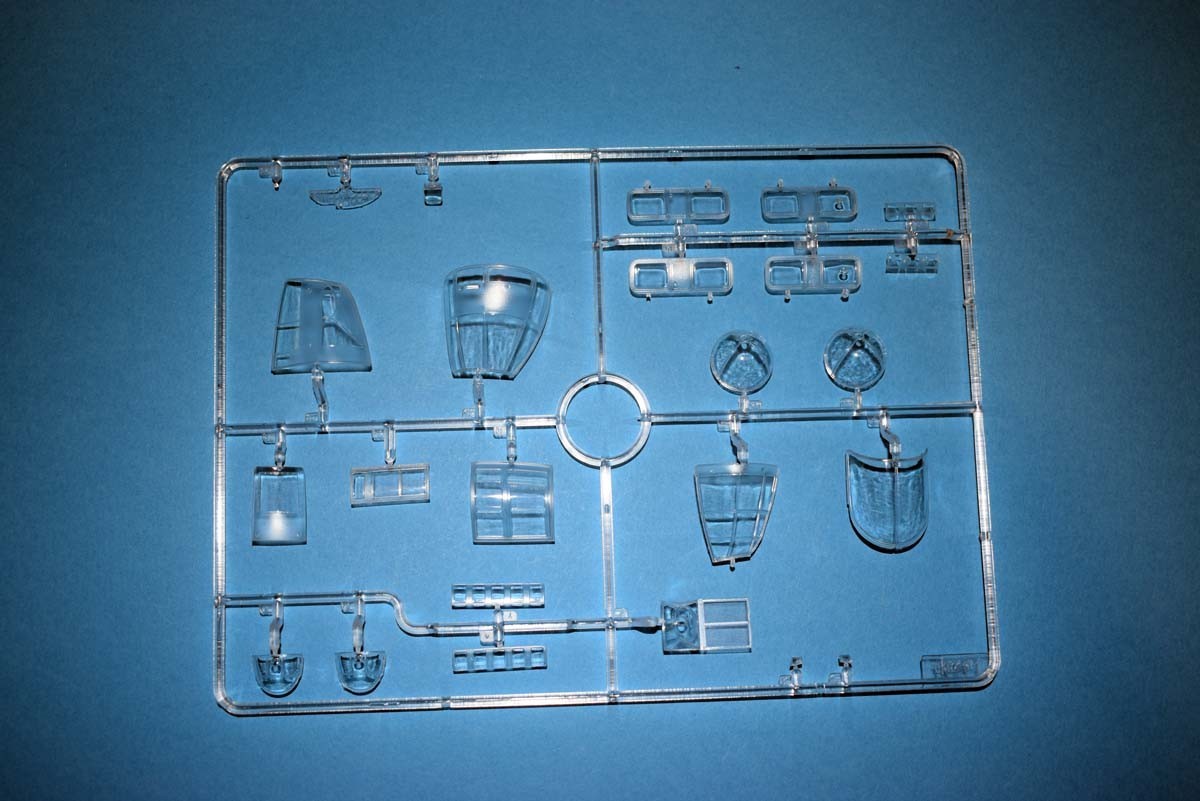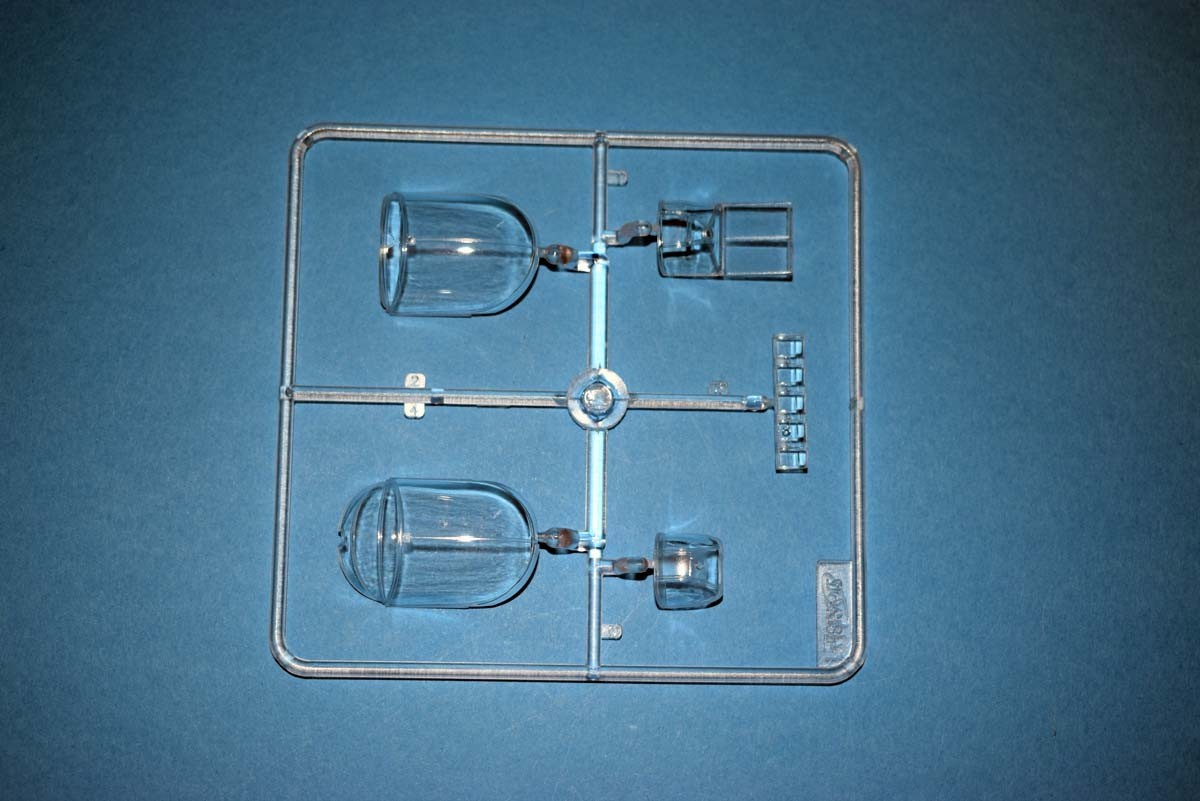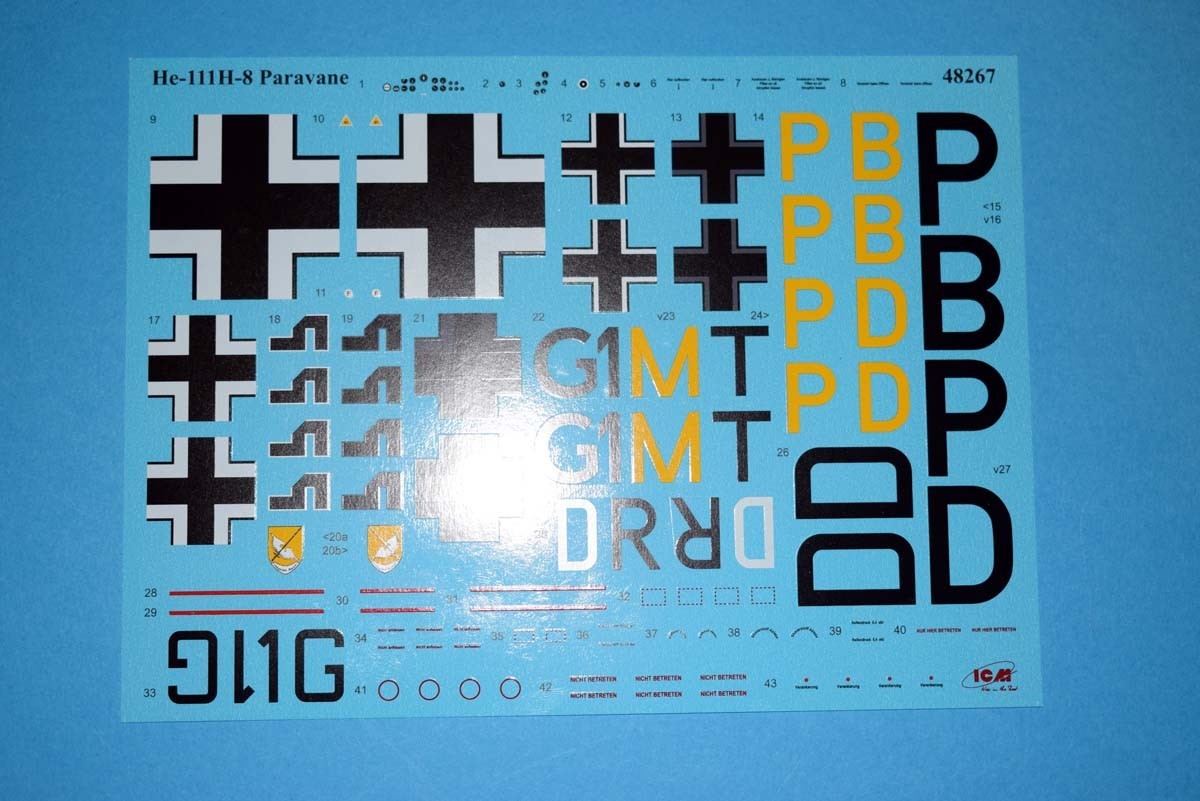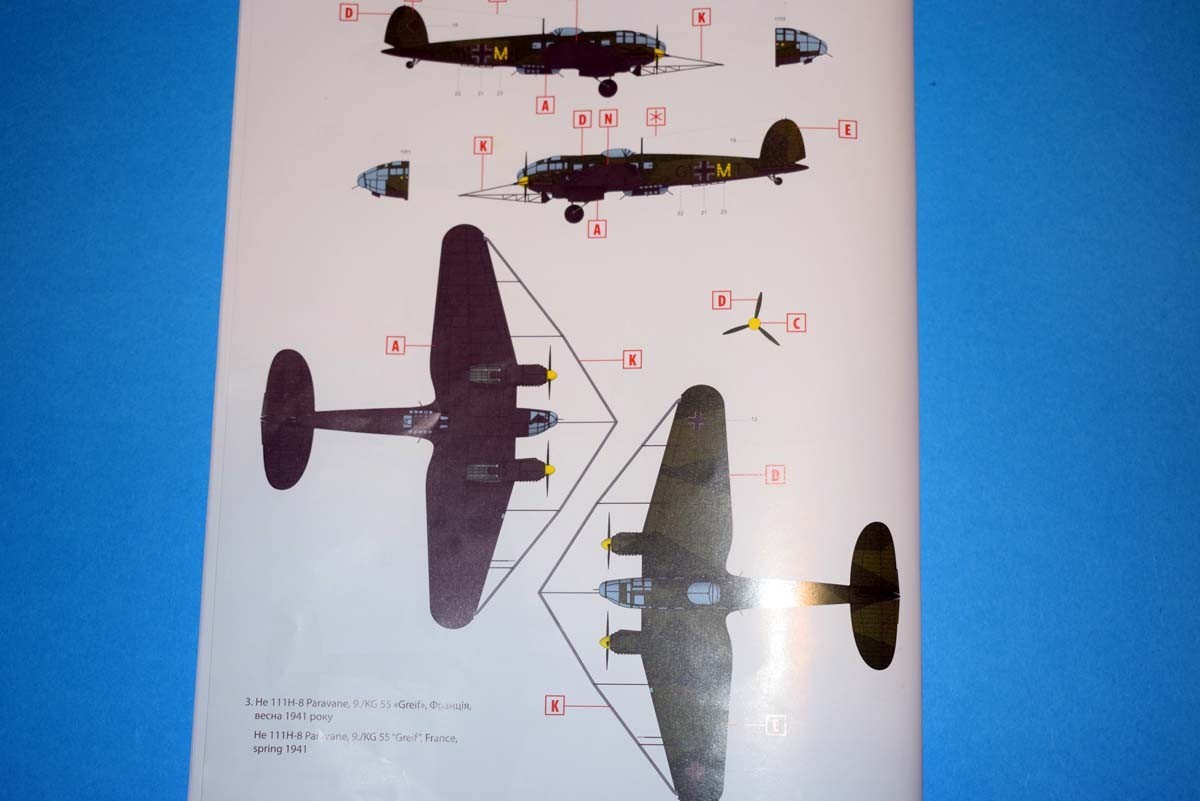
Introduction
The introduction is as supplied by ICM:
In July 1940, the Battle of Britain began. This was the name given to the German military operation aimed at conquering the airspace over southern England. According to the German command, this was to undermine the morale of the British people. To protect the airspace over large cities, the British used barrage balloons with taut cables. To break through the barriers, the Luftwaffe used converted airplanes on which special steel structures with cutters were installed. The cutters were also called paravans, similar to devices for protecting against sea mines. Among the converted aircraft were He 111 bombers, this modification was designated He 111H-8. Piloting such aircraft was quite difficult, as the massive structure of the paravan worsened the flight characteristics of the aircraft. Some of the see aircraft were lost during 1941, and the remaining ones were later used as conventional bombers.
Review
This offering from ICM arrives in the usual manner of a flip top cardboard tray with a separate card lid showing the artwork. Inside all of the parts are packaged in 2 plastic bags, with the decal sheet protected inside the instruction booklet. The clear sprue is inside another re-sealable bag, inside a bag with other plastic parts. An examination of the parts reveals no obvious issues beyond the fact that some of the sprues have taken on a warp, which may or may not affect assembly. As the base kit that this model is based upon has been reviewed previously I am going to keep this review short, highlighting what I consider to be the highs and the lows.
For me, a big plus for this model is that it has a lot of internal detail for those modellers where it counts. These also incorporate wing spars that extend beyond the engines and even incorporates the wheel bays. This approach by ICM means that the wings have a great deal of support and should be correctly aligned with the fuselage. A negative of the interior detail, is that the harnesses for the crew have not been included in any way. The defensive machine guns do have a reasonable level of detail including canister magazines, but the guns will need to be drilled at the muzzle to improve detail.
Moving to the exterior, you are provided with 2 full engines which is a nice inclusion for those who wish to show this detail. The bomb bay while detailed is hidden on this variant due to it being an external bomb load. The flight control surfaces have all been provided as separate parts, and so allows them to be set at the desired angle by the modeller. A big down area for me, is that the locator points for the paravane are indicated in the instructions via measurements in millimetres with no guide point on the model wing surfaces themselves. As you get older, it hard enough to measure 1mm, let alone using 10th s of a millimetre. With these models now commanding a high price, I feel ICM should have done something to mark the locations for the holes from the inner face to avoid deforming the moulds on the outer surface. They do regain a point by informing you of the required drill size. There are a surprising number of areas on the wing, where measurements will need to be made in order to accurately locate the paravane support arms.
The clear parts of the model meet my expectations, as does the under carriage which can be assembled for the most part prior to being added to the model. I am a little disappointed to see that ICM has done away with the guide for cutting your own masks, seeing as they already have that data. ICM has provided 3 finishing options for this release, which are as follows:
HE 111H-8 Paravane, Unknown Unit 1941
HE 111H-8 Paravane, IV./KG27 “BOELCKE”, France 1941
HE 111H-8 Paravane, 9./KG55 “GREIF”, France Spring 1941
The decal sheet itself is well printed, with no obvious faults that I can see.
Conclusion
This release from ICM of a He 111 is another lovely addition to the series of aircraft released prior to it. There are no major issues with the base kit, and my biggest complaint is restricted to the addition of the paravane as trying to measure drilling points in 10ths of mm is a bit of a joke. I think I would probably consider removing the locator pins, assembling the paravane off of the model and then attaching it to the wings, as this will avoid gaps. I will say that I find the He 111 in all of its forms a beautiful aircraft in its form.
